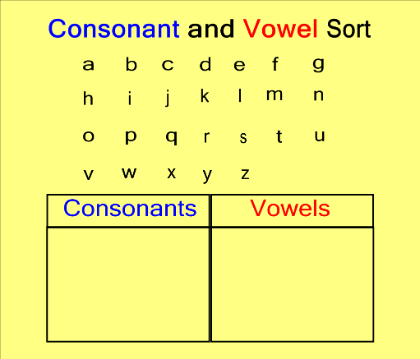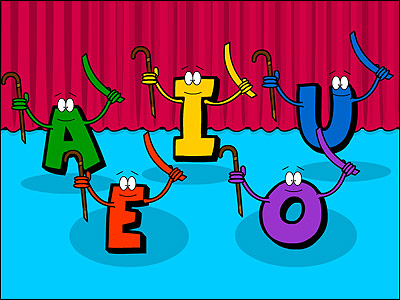Difference Between Vowels and Consonants

Quite often, children find it difficult to understand and learn about vowels and consonants, and voiced and unvoiced sounds. Therefore, it is necessary to know the difference between vowels and consonants.
English alphabet consists of 26 letters. This is why most of the letters in the English language (especially vowels) can transmit different sounds depending on their position in the word. People who are just beginning to learn English, there are often problems with the correct reading of English letters.
The word “consonant” came from Latin word meaning sounding together. They are usually formed by controlling shape of the mouth.
Instructions
-
1
Vowels
In order to find out unstressed vowel in the root, you need to pick up the check word. There is a general rule for all unstressed vowels, the spelling of which is in doubt. We need to find a word in which a similar piece will be under stress. That is, the first "o" in the word "collect" you can check the word "collected". "I" in the word "herbal" - the word "oatmeal" (they have the same suffix. Unstressed vowels in the endings can be tested in a similar manner). For example, "a cat" - "the war" (these words are feminine, so the rules changes).
The most common issues are unstressed vowels in the roots of the word. They are tested in the same manner and they can replace each other when checking. There are quite a lot of words in which the spelling of the unstressed vowel can be verified, alas, only in the dictionary.
Image courtesy: learninggamesforkids.com

-
2
Consonants
While comparing the consonants and vowels, it should be noted that the pronunciation of the consonants creates some obstacle in tongue or lips unlike the vowels. For the same vowel sounds, on the contrary, the "way" is open, easy to sing and "pull."
There are hard and soft consonants. That is, some consonants are pronounced firmly but gently into the other depending on the position first . Soft consonants are produced when picked high back of the tongue to the hard palate. In the transcription, they are designated with an apostrophe at the top (for example, [l '] [s']).
Remember the hard and soft consonants are always in pairs. In the English language, they correspond to the soft sound of a solid. However, rare kind of some consonants do not form pairs.
Determine the voiced and unvoiced consonants. All consonants are pronounced with noise. If noise is added to the tone, the voice, the consonant is voiced otherwise they are voiceless.
Image courtesy: givemesomeenglish.com








